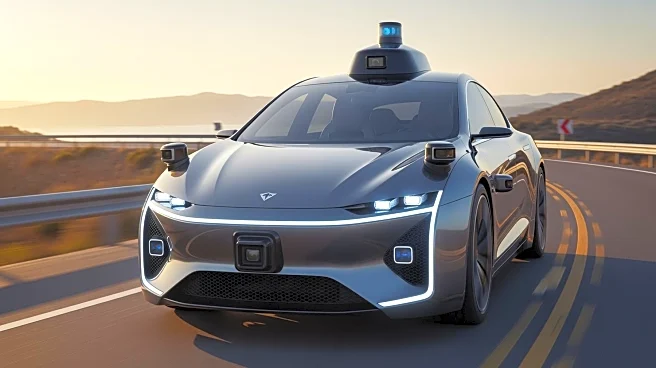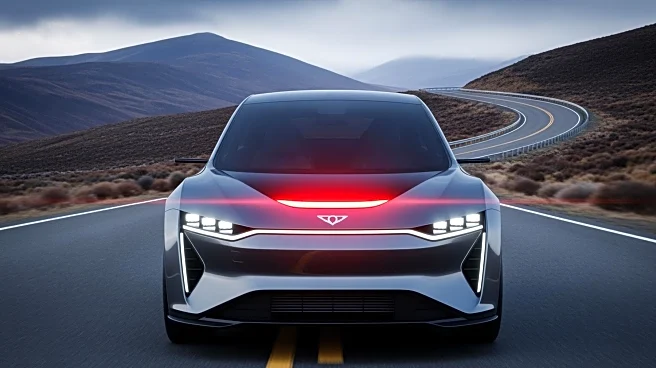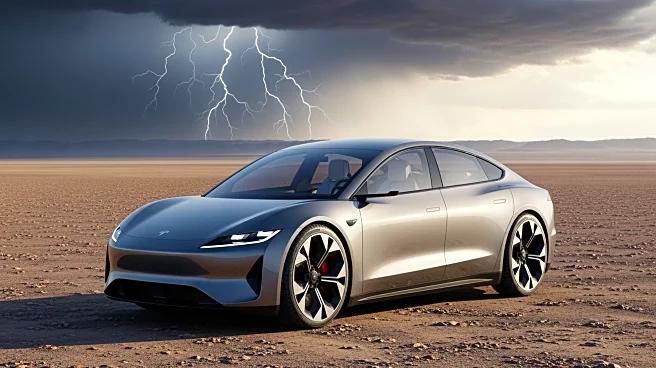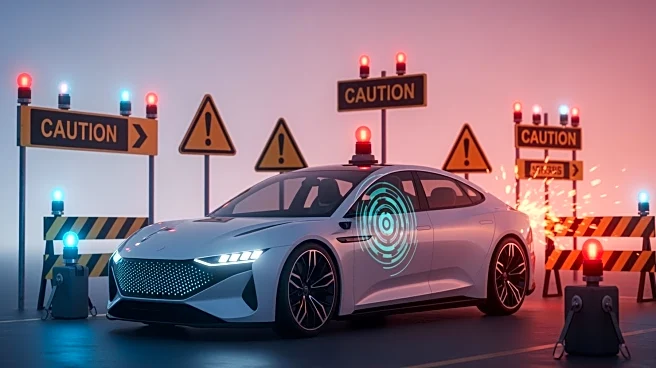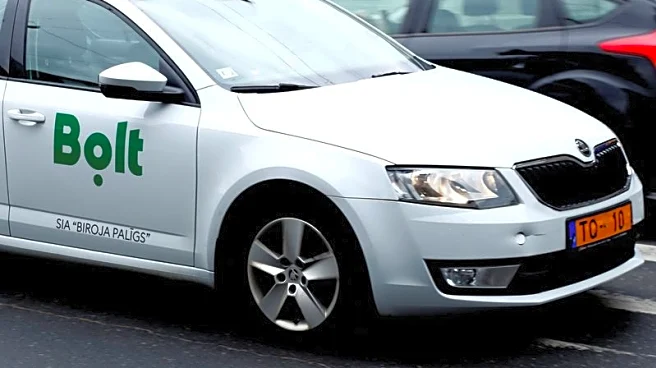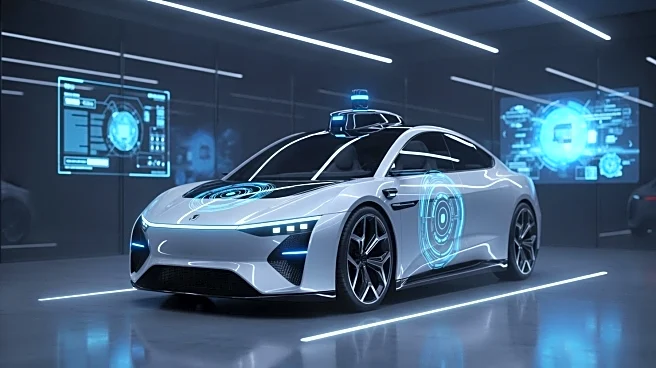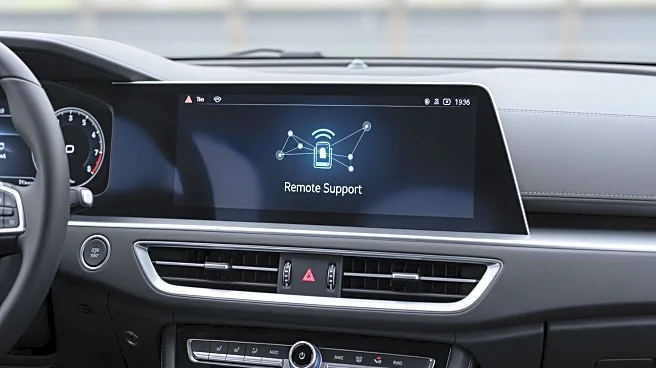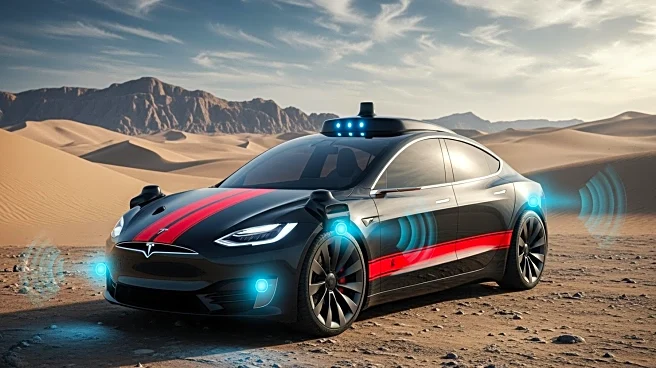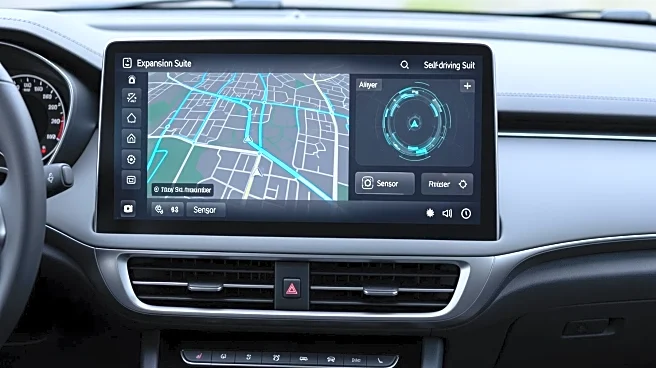What's Happening?
Tesla is expanding the rollout of its Full Self-Driving (FSD) suite, version 14, to a broader group of owners beyond the Early Access Program. Initially released two weeks ago, FSD v14 introduced new features such as a slower driving profile called 'Sloth'
and improved parking capabilities. The latest update, v14.1.2, includes further refinements and the introduction of the 'Mad Max Speed Profile,' which enhances driving speed and lane change efficiency. The expansion aims to provide more Tesla owners with access to these advanced features, which have received positive feedback for handling congestion and traffic decisively.
Why It's Important?
The wider rollout of Tesla's FSD suite represents a significant step in the company's autonomous driving technology development. By making these features available to more owners, Tesla is enhancing the driving experience and potentially increasing consumer confidence in its self-driving capabilities. The introduction of the 'Mad Max Speed Profile' addresses previous concerns about hesitation in traffic, offering a more assertive driving experience. This expansion could influence the automotive industry's approach to autonomous driving technology, pushing competitors to innovate and improve their offerings.
What's Next?
As Tesla continues to refine its FSD suite, further updates and features are expected in the coming weeks. The broader rollout will likely lead to increased user feedback, which Tesla can use to enhance the system's performance and reliability. The company's focus on autonomous driving technology may drive industry standards and regulatory discussions, impacting future developments in self-driving vehicles.
Beyond the Headlines
Tesla's advancements in autonomous driving technology raise ethical and legal questions about safety, liability, and the role of human drivers. As more vehicles become equipped with self-driving capabilities, regulatory frameworks will need to adapt to address these concerns. The long-term impact of Tesla's FSD suite could lead to shifts in transportation norms and urban planning, as autonomous vehicles become more prevalent.


